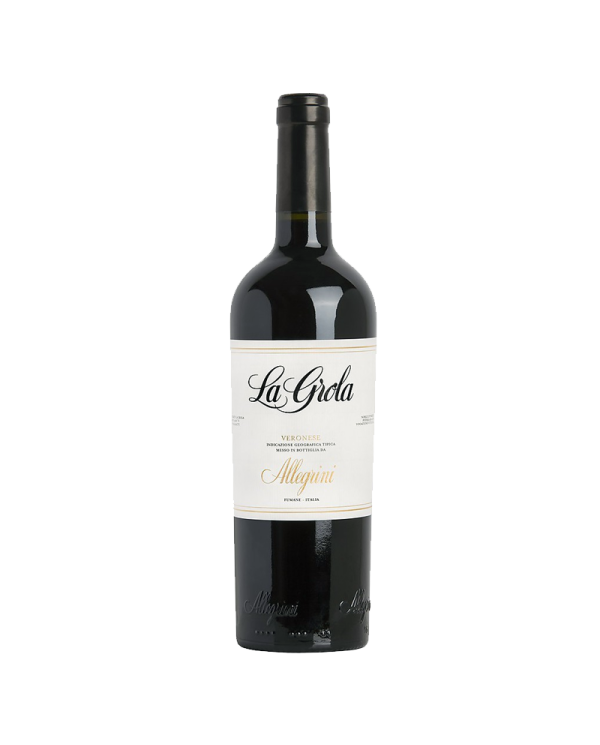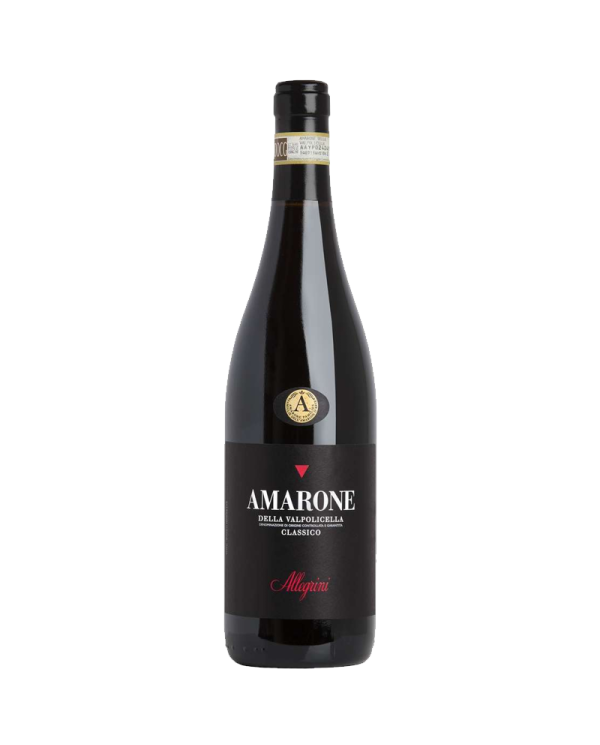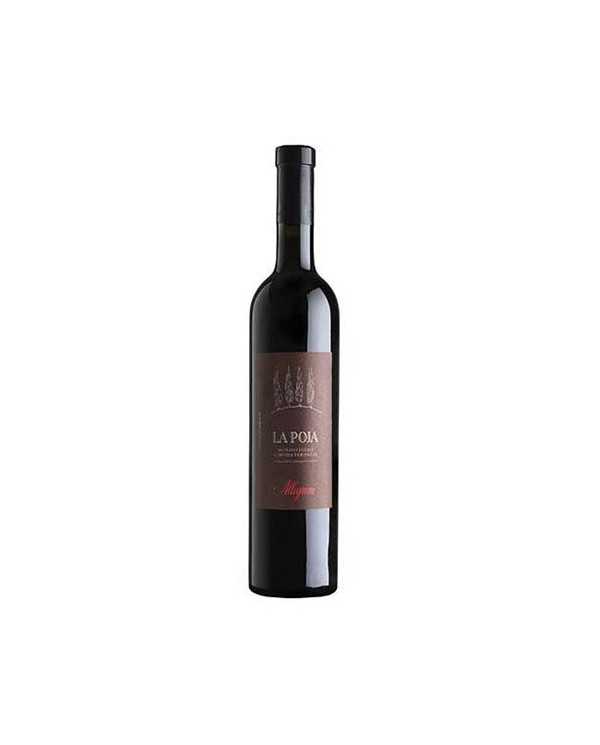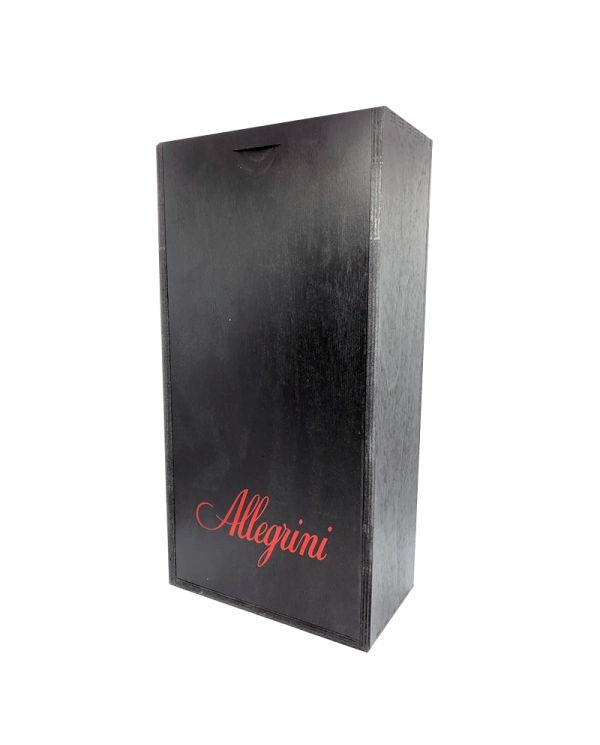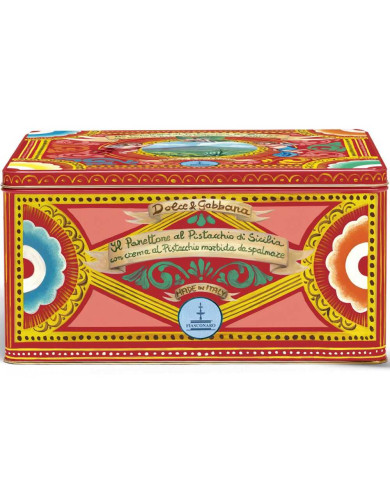Allegrini Winery
If you're a lover of Italian wine, you've likely heard of the Allegrini Winery. Located in the picturesque region of Valpolicella, this family-owned winery is renowned for producing high-quality wines that represent the excellence of the territory. In this article, we'll explore the history of the Allegrini Winery, its distinctive wines, and their production process. Get ready to discover the unique charm of this winery and the incredible experience it offers to its visitors.
The Allegrini Winery is one of the most celebrated Italian wineries, with a long tradition of producing high-quality wines. Founded in 1858 by the Allegrini family, the winery has earned a prestigious reputation thanks to its dedication to quality and innovation.
The History of Allegrini Winery
The history of the Allegrini Winery is deeply rooted in the territory of Valpolicella. Since the late 19th century, the Allegrini family has been cultivating their own vineyards and producing wine in the region. In the 1960s, Giovanni Allegrini transformed the winery into a modern company and began exporting Allegrini wines abroad.
The Valpolicella Region
Valpolicella is one of Italy's most renowned wine regions. Located in the province of Verona, this enchanting region is famous for its hilly terrain and favorable climate for viticulture. The vineyards of the Allegrini Winery span over 100 hectares, distributed across various areas of Valpolicella.
Allegrini Winery Wines
The Allegrini Winery offers a wide range of premium wines, each with distinctive characteristics that reflect the territory and the skill of the winery's winemakers. Here are some of the most notable wines produced by the Allegrini Winery:
Amarone della Valpolicella
Amarone della Valpolicella is one of the most celebrated wines from the Allegrini Winery. Made from selected grapes and subjected to a drying process, this full-bodied and structured red wine offers deep notes of ripe fruit, spices, and chocolate. It pairs perfectly with succulent meat dishes and aged cheeses.
Valpolicella Classico
Valpolicella Classico is a young and lively wine, characterized by fruity taste and an enticing aroma. This versatile wine is ideal for pairing with traditional Italian dishes such as pasta, pizza, and cured meats.
La Grola
La Grola is an elegant and structured red wine, produced from grapes sourced from a unique vineyard located in Valpolicella. This complex and enveloping wine is the result of careful selection of the best grapes and meticulous winemaking process.
Palazzo della Torre
Palazzo della Torre is an iconic wine from the Allegrini Winery, appreciated for its complexity and richness of flavors. Made from partially dried grapes, this unique red wine offers a fascinating combination of ripe fruit, spices, and woody notes.
Production Process
The Allegrini Winery implements a carefully curated production process to achieve superior quality wines. From vineyard cultivation to winemaking and aging, every stage of the process is followed with great precision and attention. The winery employs traditional techniques combined with the use of modern technologies to ensure that the wines maintain their distinctive character and fully reflect the territory of Valpolicella.
Visiting Experience at Allegrini Winery
Allegrini Winery offers wine enthusiasts a unique and engaging visiting experience. Visitors can explore the vineyards, discover the production process during a guided tour, and taste the premium wines in a guided tasting. The winery also organizes special events and gourmet dinners to provide a complete experience to its guests.
Allegrini Winery Worldwide
Allegrini Winery wines have delighted the palates of wine enthusiasts around the world. Thanks to their exceptional quality and established reputation, Allegrini wines are available in the finest restaurants and prestigious wine shops in many countries.
Passion for Excellence
Allegrini Winery is driven by a deep passion for excellence and innovation. The Allegrini family and their team of expert winemakers dedicate time and effort to produce superior quality wines that represent the best of Valpolicella. The winery continues to be a reference point for wine lovers seeking authenticity, tradition, and extraordinary taste.
Allegrini Winery embodies the essence of Valpolicella through its exceptional wines and dedication to quality. From the splendid Amarone della Valpolicella to the lively Valpolicella Classico, every sip of Allegrini Winery wines is a sensory journey into Italian winemaking tradition and artistry. Discover the unique charm of Allegrini Winery and let yourself be enchanted by its oenological treasures.

